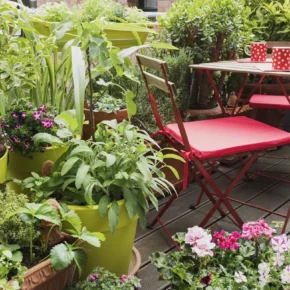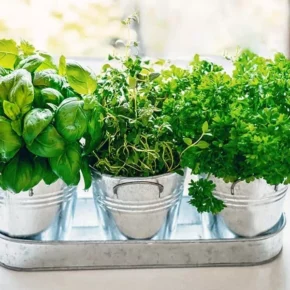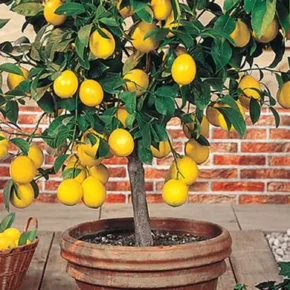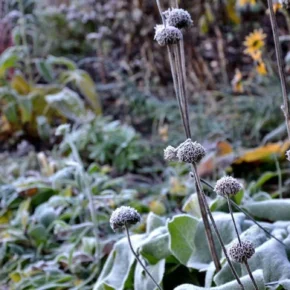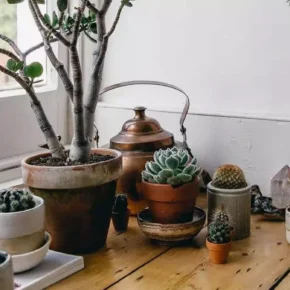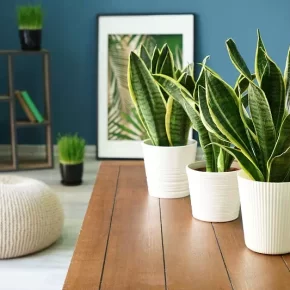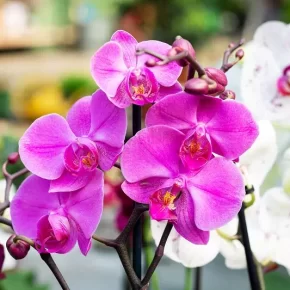The laurel tree (Laurus nobilis) not only gives a spicy aroma to your dishes, but can also become a wonderful decorative plant at home. Laurel is unpretentious in care and with the right approach can grow healthy and beautiful.
1. Choosing a pot and soil for laurel
Choosing the right pot and substrate is key to healthy laurel tree growth.
- Pot . For a young plant, choose a medium-sized pot with good drainage. The bottom should have holes for water to drain to prevent the roots from rotting. Gradually, as the laurel grows, it needs to be transplanted into a larger pot every few years.
- Soil . Laurel likes well-drained, loose soil. The best option is a mixture for citrus or a universal soil for indoor plants with the addition of sand or perlite for better aeration.
2. Lighting and temperature conditions
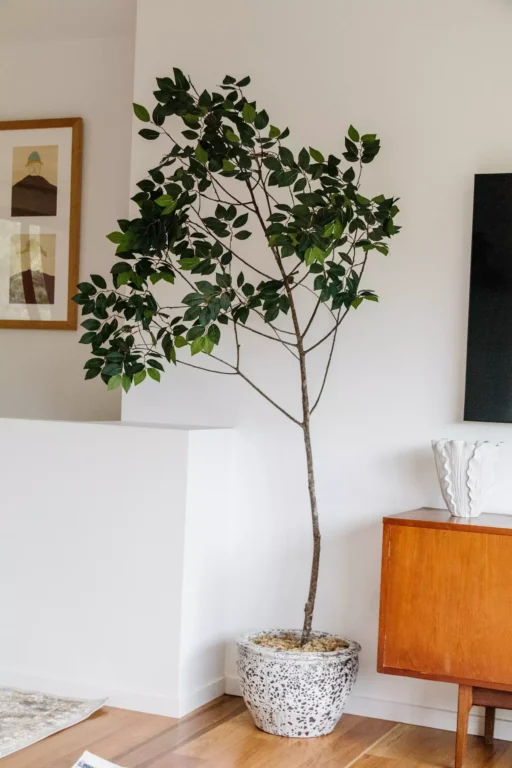
The bay tree likes sunlight, but it also adapts well to less lit rooms.
- Lighting . Place the plant in places with bright, indirect light. Laurel feels good on a windowsill or near a large window. In summer, it can be taken out to the balcony or terrace, but it is important to avoid direct burning rays.
- Temperature . In summer, laurel feels good at a temperature of 20-25°C, in winter – at 10-15°C. It is important to avoid sharp temperature fluctuations and drafts, which can negatively affect the plant.
3. Watering and air humidity
Proper watering and humidity levels are important factors for successful laurel cultivation.
- Watering . The laurel tree should be watered sparingly. The soil should be slightly moist, but not wet. Water the plant when the top layer of soil dries out. In winter, watering should be reduced.
- Humidity . Laurel tolerates the average level of humidity in the apartment well. If the air is too dry, especially during the heating season, you should occasionally spray the leaves with water or place a bowl of water next to the plant to increase humidity.
4. Nutrition
In order for the laurel tree to remain healthy and strong, it needs to be fed periodically.
- Feeding . During the period of active growth, from spring to autumn, laurel needs regular feeding. Use complex mineral fertilizers for indoor plants or special fertilizers for herbs. It is enough to feed the plant once a month.
5. Pruning and forming the crown
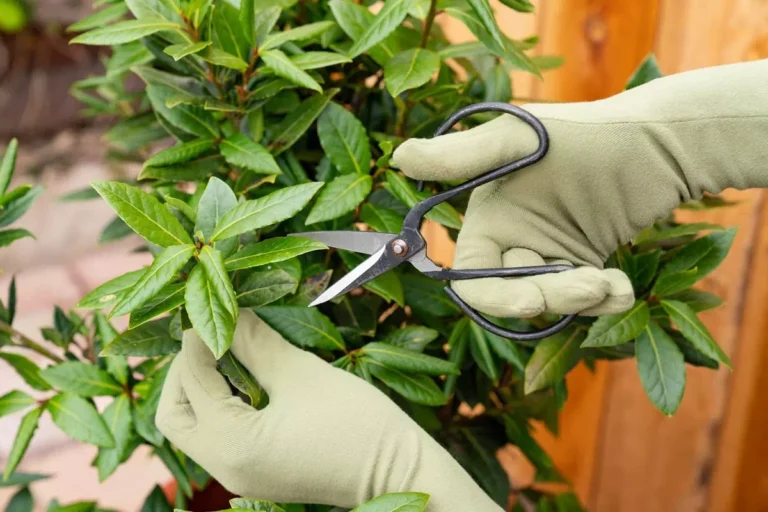
Laurel tolerates pruning well, and this makes it possible to form a beautiful decorative plant shape.
- Pruning . Pruning is carried out in spring or early summer. This contributes to the denser growth of the crown. You can give the plant different shapes – from a sphere to a pyramid.
- Collection of leaves . Laurel leaves can be collected all year round. Older leaves are the best – they contain more essential oils and aromatic substances. Collected leaves can be used fresh or dried for storage.
6. Pests and diseases
The laurel tree is quite resistant to most diseases and pests, but sometimes problems can arise.
- Pests . Laurel can be affected by a spider mite, scale or aphid. To avoid this, regularly inspect the leaves and stems. If pests are detected, wash the leaves with a soapy solution or treat with special insecticides.
- Diseases . Laurel suffers from root rot if overwatered. To avoid this, ensure good drainage and do not overmoisten the soil.
7. Winter care
In winter, the laurel tree needs special care, as its growth activity decreases.
- Lighting and temperature . Find a cool, but bright place for the laurel with a temperature of about 10-15°C. If the temperature in the room is higher, increase the frequency of ventilation.
- Watering . In winter, reduce watering to avoid waterlogging.
Bay tree is not only a beautiful decorative plant, but also a useful ingredient for your dishes. Thanks to simple care tips, growing it at home can become a pleasant and useful activity. Laurel is unpretentious, tolerates pruning well and needs only regular watering and sufficient lighting. By growing a laurel tree, you can enjoy its fresh aroma right in your own home!





